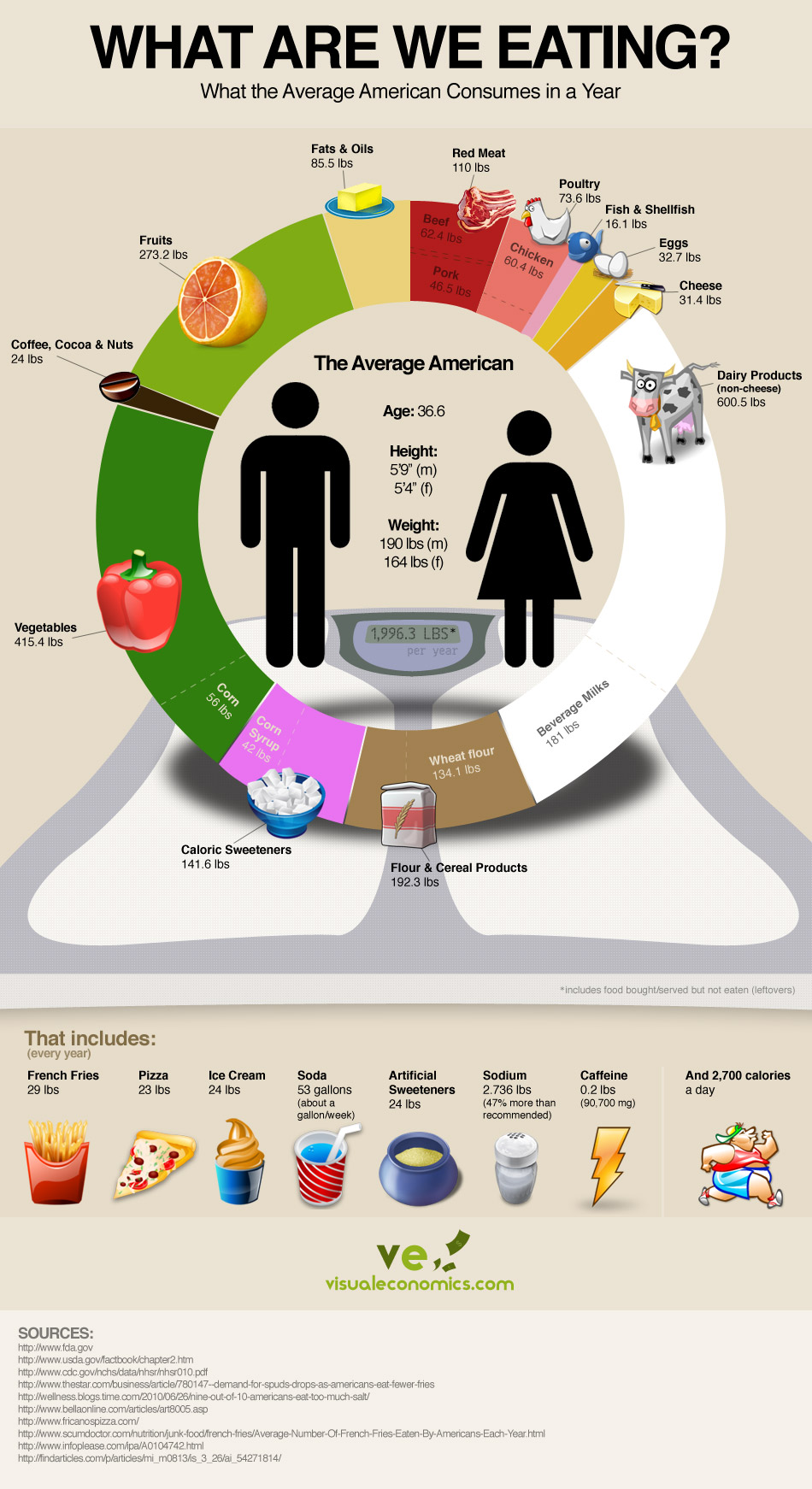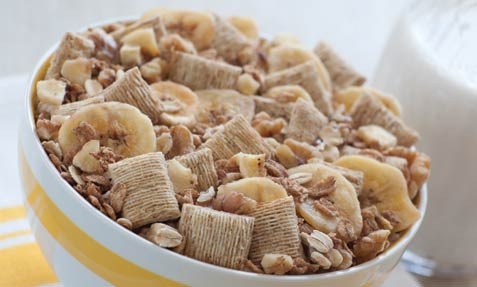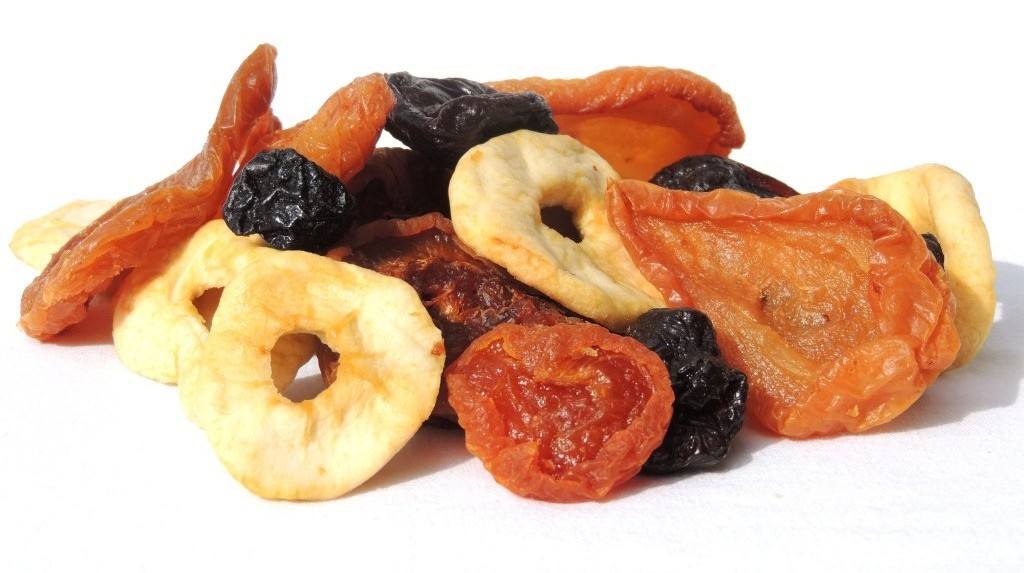 What’s not to love about dried fruit? It’s easy and convenient. It’s delicious. AND it can satisfy your sweet tooth cravings. But is it healthy?
What’s not to love about dried fruit? It’s easy and convenient. It’s delicious. AND it can satisfy your sweet tooth cravings. But is it healthy?
The answer is yes, no and it depends.
In the purest form, dried fruit is really just fruit with the water removed. In essence, all the good stuff is left behind. Dried fruits are often rich in the fiber, vitamins and minerals that your body needs. And if you’re feeling sluggish or if you’re engaged in a high endurance activity like hiking or kayaking, dried fruit can provide your body with a much-needed jolt of energy. In this sense, dried fruit is smart choice.
However, many people forget that dried fruits have just as many calories and sugars as their fresh counterparts. A dried plum, for example, is just a fraction of the size of a fresh plum; it can be eaten in one bite. And because it seems so small, many of us will eat 3 or 4 or 5 or more. But it adds up fast. A cup of pitted and dried plums has more than 400 calories, 111 carbohydrates and 66 grams of sugar. While dried fruit can be healthy in moderation, it’s important to carefully monitor consumption.
Moreover, pay attention to the ingredients in your dried fruit. Dried fruit is already sweet and added sugar isn’t needed. But this is America, and a good number of brands add sugar to their dried fruits. When you add sugar to dried fruit, it essentially renders it into candy. Pay attention to the ingredients on the nutrition label and avoid any products that list sugar, corn syrup, etc.
While fresh fruit is the recommendation, dried fruit is a solid and more convenient alternative - and definitely a huge step up from snacking on chips, candy or ice cream.






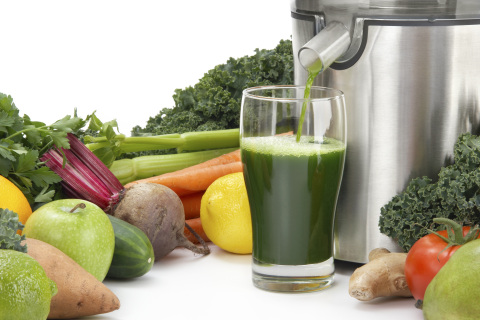
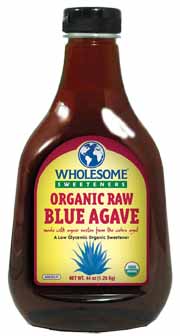 In the last few decades, it seems that no stone will be left unturned in the search for a healthy sweetener. Lately, agave nectar has been getting a lot of buzz. So what’s the deal? Is it as healthy as marketers claim?
In the last few decades, it seems that no stone will be left unturned in the search for a healthy sweetener. Lately, agave nectar has been getting a lot of buzz. So what’s the deal? Is it as healthy as marketers claim?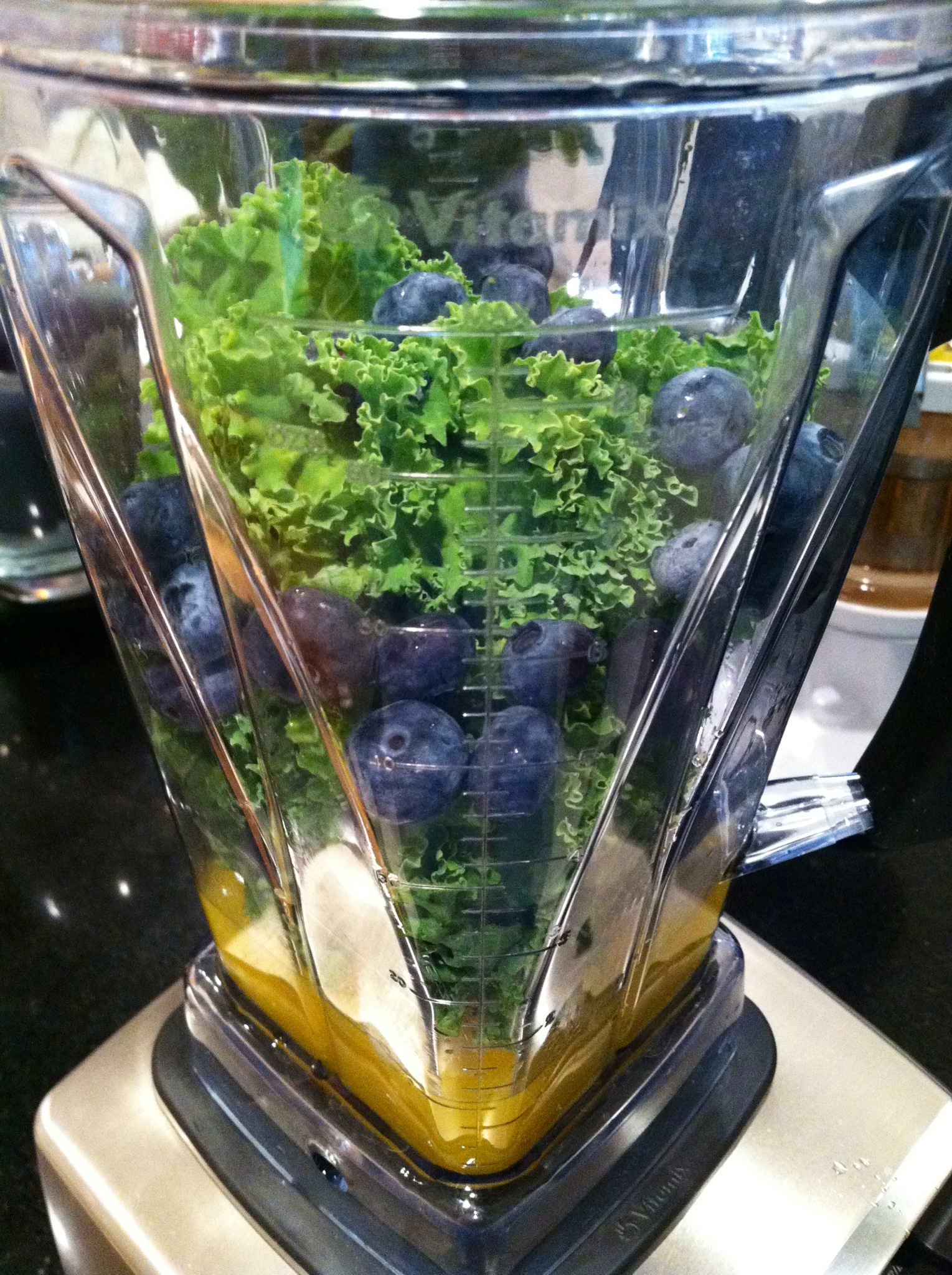
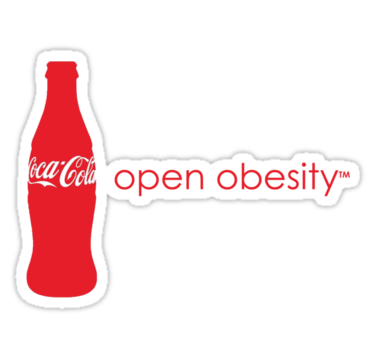
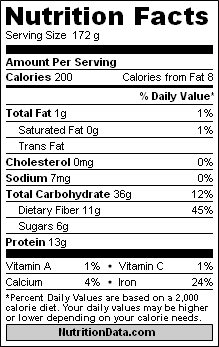 Deciding whether a food product is healthy can feel overwhelming. Fortunately, nutrition labels make things easier and give you an even playing field. You just need to know what to look for.
Deciding whether a food product is healthy can feel overwhelming. Fortunately, nutrition labels make things easier and give you an even playing field. You just need to know what to look for.
